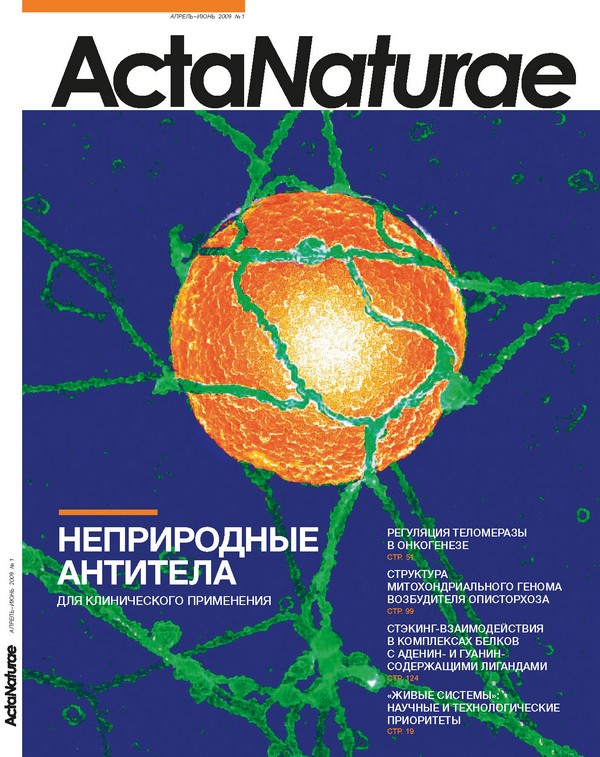Life and Death Decisions in the CD95 System: Main Proand Anti-Apoptotic Modulators
- Authors: Lavrik I.N1, Krammer P.H1
-
Affiliations:
- Tumorimmunology Program German Cancer Research Center
- Issue: Vol 1, No 1 (2009)
- Pages: 80-83
- Section: Articles
- Submitted: 17.01.2020
- Published: 15.06.2009
- URL: https://actanaturae.ru/2075-8251/article/view/10820
- DOI: https://doi.org/10.32607/20758251-2009-1-1-80-83
- ID: 10820
Cite item







